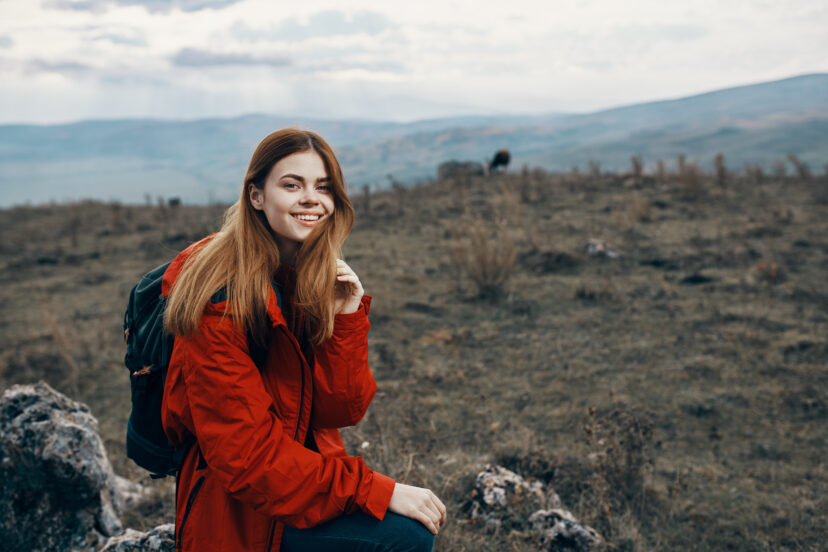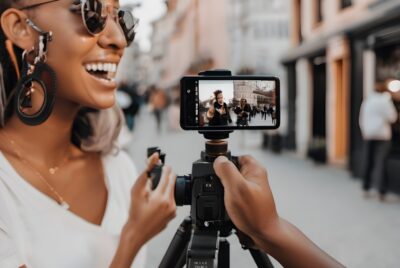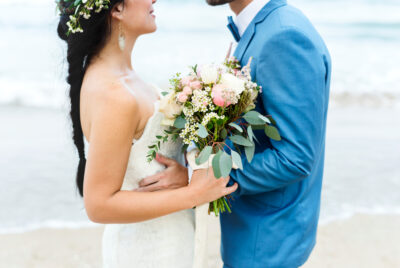Types of Photography: Exploring Styles Through the Lens
Have you ever felt overwhelmed by all the different kinds of photography out there? I get it—it can be a lot. When I first picked up a camera, I thought photography was just about clicking nice pictures. But once you dive in, you realize there’s a whole universe of styles, each with its own flavor, purpose, and technique.
Let’s walk through the major types of photography together. Whether you’re a curious beginner or a seasoned shooter wanting to branch out, this guide will help you explore the possibilities—and maybe even discover your new favorite niche.
Why It’s Important to Understand Photography Types
Knowing the different genres of photography isn’t just trivia—it’s essential to becoming a better photographer.
Finding Your Niche
Not everyone loves photographing people. Some prefer nature, others lean into product photography or events. Knowing the types helps you figure out where your passion lies.
Learning New Skills
Each genre teaches you something new. Portraits help you master lighting, street photography sharpens your reflexes, and macro forces you to appreciate tiny details.
>> Buy essential gear for all types of photography HERE <<
Portrait Photography
This one’s all about people—capturing expressions, stories, and personality.
Classic Portraits
These are your studio or staged setups. Think clean backgrounds, planned lighting, and a strong focus on the subject.
Lifestyle and Environmental Portraits
These shots tell a story by showing people in their everyday environments—like a chef in their kitchen or an artist in their studio.
Landscape Photography
Nature lovers, this one’s for you.
Natural Landscapes
Mountains, forests, oceans—anything that captures the natural beauty of the world. Patience and golden-hour lighting go a long way here.
Urban Landscapes
Don’t forget cities. Skyscrapers at sunset or a quiet alleyway in the morning can be just as striking as a mountain view.
Street Photography
Spontaneous, raw, and full of life.
Capturing Real-Life Moments
You’re documenting real life—candid shots of people, scenes, or interesting patterns in public places. It’s the art of observation.
Legal and Ethical Tips
Always respect privacy. In many places, photographing people in public is legal, but it’s courteous to ask or stay discreet.
Wildlife Photography
If you love animals and have the patience of a monk, this might be your calling.
Patience and Preparation
Wildlife doesn’t pose. You’ll wait, crawl, and freeze for hours to capture that one perfect shot of a fox or eagle.
Equipment Suggestions
A good telephoto lens and fast shutter speed are your best friends. Don’t skimp on stability either—a tripod helps a lot.
Macro Photography
This is where the tiny things take center stage.
Revealing the Hidden World
Insects, flower petals, water droplets—macro shows details we often miss with the naked eye.
Best Lenses for Macro
True macro lenses have a 1:1 magnification ratio. Extension tubes can also help if you’re on a budget.
>> Essential gear for all types of photography HERE <<
Event Photography
You’ve got to be sharp, responsive, and ready for anything.
Weddings and Parties
You’re capturing moments people will treasure forever. That’s a huge responsibility—but incredibly rewarding.
Corporate and Conferences
Less emotional, more technical. Still, timing and lighting make all the difference.
Product Photography
Think commercial – clean – strategic.
E-commerce Shots
White background, clear angles, sharp focus—these shots help people decide to buy. Lighting is everything here.
Creative Commercial Styles
Flat lays, styled sets, dramatic shadows—there’s room to get artistic even with inanimate objects.
Architectural Photography
There’s beauty in buildings, old and new.
Exterior Shots
Light changes everything. Morning or twilight can make a dull building look magical. A wide-angle lens helps too.
Interiors and Lighting
Use natural light when possible. Highlight textures, lines, and space. Pay attention to distortion—especially with wide lenses.
Fashion Photography
It’s fast-paced, dramatic, and all about expression.
Editorial vs. Commercial
Editorial fashion photography is more artistic, often telling a story. Commercial is geared towards selling clothing.
Runway and Studio Work
Runways are hectic—you need fast reflexes. Studio shoots are controlled, giving you room to finesse the lighting and poses.
Astrophotography
Ever dreamt of capturing the stars? This genre takes you to the edge of our world—and beyond.
Gear and Planning
You’ll need a tripod, a fast lens, and a remote shutter. Scout your location, avoid light pollution, and plan based on moon cycles.
Post-Processing Techniques
A lot happens in editing. Stack multiple exposures, reduce noise, and adjust contrast to bring out the Milky Way in all its glory.
Conclusion
Photography isn’t just one thing—it’s a wide, colorful world with something for everyone. Whether you love portraits, nature, or even bugs up close, there’s a genre for you. My advice? Try them all. You’ll grow as a photographer and maybe find a passion you didn’t even know existed. Grab your camera, step outside (or into a studio), and start exploring!
>> Buy essential gear for all types of photography HERE <<
FAQs
1. Which type of photography is easiest for beginners?
Portrait and landscape photography are great starting points—easy to access and excellent for learning camera basics.
2. Can I specialize in more than one type of photography?
Absolutely! Many photographers mix genres—like combining travel and street photography, or portraits and fashion.
3. Do I need different cameras for different types of photography?
Not necessarily. Most DSLRs or mirrorless cameras are versatile. What matters more are your lenses and settings.
4. How do I choose a type of photography to focus on?
Try them all! Let your curiosity lead. You’ll naturally gravitate toward the one that excites you the most.
5. Is it possible to turn any of these types into a career?
Yes! From weddings to wildlife to commercial products—each niche has its own market and potential for income.
Further reading
Check out our other relevant articles:
Macro Photography: A Beginner’s Guide to Capturing Tiny Wonders
Here are two insightful resources that delve deeper into the concept of leading lines in photography, offering educational guidance and practical tips:
1. Leading Lines in Photography: The Essential Guide – Digital Photography School
This comprehensive guide explores the fundamentals of leading lines, illustrating how they can be utilized across various photography genres—from landscapes to macro shots. It discusses the psychological impact of leading lines, different types (straight, curved, diagonal, converging), and provides practical advice on incorporating them into your compositions to create depth and guide the viewer’s eye effectively.
2. A Guide to Leading Lines in Photography – Adobe
Adobe’s resource offers a succinct overview of leading lines, emphasizing their role in directing attention to the subject and enhancing the narrative of an image. It covers various types of lines—horizontal, vertical, curved—and provides tips on finding and composing with leading lines in different environments. The guide also touches on camera settings and creative approaches to strengthen your photographic compositions.
These resources complement the concepts discussed in the article, providing additional perspectives and examples to enhance your understanding and application of leading lines in photography.
.




